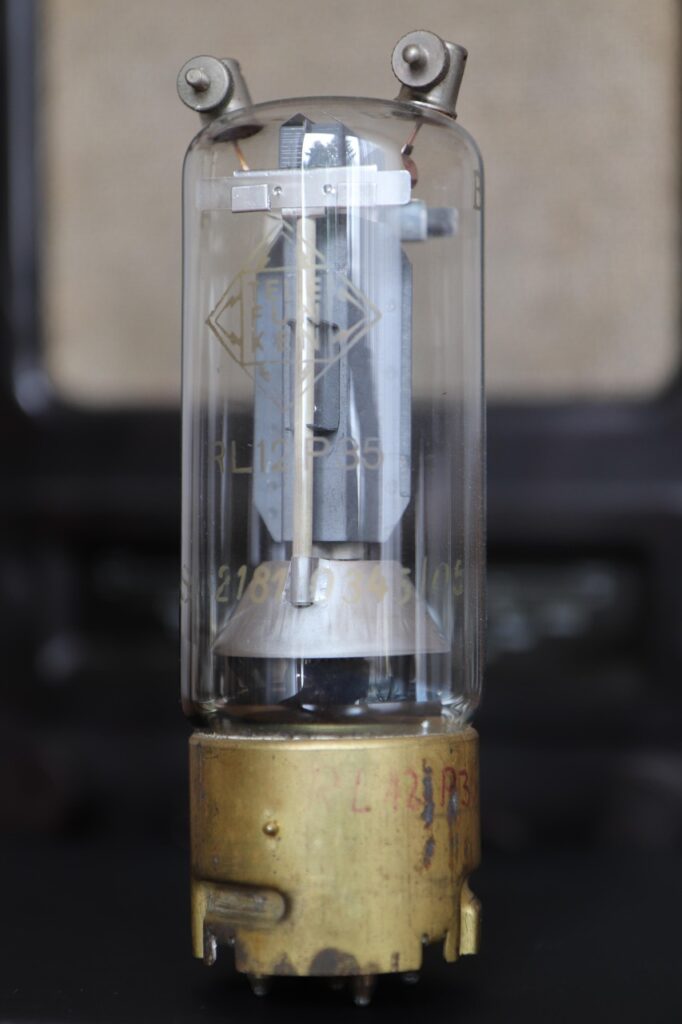The question for power-hungry amateurs is: with an electron tube or with a transistor? Transistor amplifiers of higher power are inaccessible to us mainly due to the price. The cheapest ones do not even require ferrite materials. Therefore, the choice often falls on a PA with an electron tube.
In literature and on the Internet, you will find countless instructions, differing in small details. Basically, they are all amplifiers with excitation to the first grid or to the cathode. This article discusses the advantages and disadvantages of the connection with the grounded grid and excitation to the cathode.

Already in the previous article dedicated to the issue of PA, I mentioned the demandingness of various voltages of electron tube PAs excited to g1. If you are lucky and the electron tube allows you to use a connection with grounded grids, you will only need three voltages: anode, filament, and auxiliary (for relays, etc.). Blocking during reception can be solved precisely with Zener diodes.
Advantages of connection
The PA in this connection is characterized by simplicity of connection, high linearity, and stability. It also achieves higher efficiency because the excitation power is added to the output. The input impedance is indirectly dependent on the slope of the electron tube and ranges in tens of ohms. The apparent disadvantage is lower gain, but this is usually not a problem because Transceiver provides sufficient power.
Suitable tubes for power amplifier with grounded grid
Not every tube is suitable for this type of connection. Commonly used GU50 tubes have problems with high grid currents. It is more suitable not to ground g2, but to apply a bias of about 20-50V to it. This increases the idle current and linearity. Suitable tubes include: 811, GU72, 3-500Z, 3CX800, 3CX1200.
Tube filament choke
An important part of a cathode-driven PA is the filament choke. The cathode-filament system represents a capacitance that is connected in parallel to the amplifier input. Unfortunately, this capacitance is unstable and therefore it is necessary to consider it especially in the design area. VHF to count on. The choke is wound with bifilar wire with sufficient cross-section as an air core or on a suitable bobbin. We can also use a suitable ferrite material, but it is relatively difficult to wind the choke with solid wire on a toroid. It is also appropriate to use a pair of blocking capacitors.
Simplicity of connection
Considerable simplicity of connection could be an inspiration when building a new PA. My goal was not to provide a specific guide for PA (it can still be said that every amateur PA is original in its own way), but to show how to create a tube PA with maximum simplicity.
